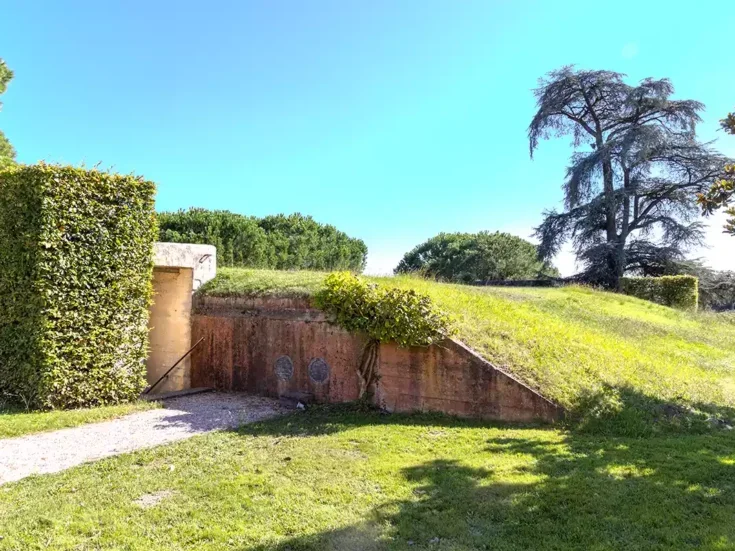
When Aurelio Montes cofounded his eponymous winery in 1987, Chile was a different world from what it is today. Only just returning to a free market, the country was beginning to overcome the financial crises of the Pinochet dictatorship. The wine industry was focused on high-yielding vines and building exports through high-volume, mass-produced wines.
“Douglas had the great inspiration,” says Aurelio of the late Douglas Murray, one of his three fellow cofounders. “He knew that Chile had the potential to make premium wines.” Together, they devised a business plan to focus exclusively on exporting premium wines—and became pioneers in the process. “It felt like we were surfers. We could see this perfect wave, but no one else was on the board ready to surf it.”
Surf it they did. After its first vintage in 1988, Montes quickly built its exports and reputation, taking premium Chilean wines all over the world and opening the door for other wineries back home to do the same. Today Montes is one of Chile’s best-known brands, and its wines are sold in more than 100 countries. In 1996, this dedication to high quality led Aurelio to launch Montes Alpha M, which is widely recognized as one of the first “icon” wines from Chile. It set the bar, and it has since been joined by a fleet of Chilean icon wines, including another four from Aurelio himself.
Of course, none of this marketing would have been successful if the wines hadn’t been any good. This is where Aurelio Montes’s mastery in the vineyard and the cellar comes into play.
Most important of all was finding the best sources for quality fruit, and the reputation of Montes has been built chiefly on Aurelio’s rediscovery of Apalta, in Colchagua. He had been visiting this overlooked region since his early 20s. “It was love at first sight,” he recalls of his first visit. “I fell in love with the river, the hill… the geographical features of Apalta. The region was full of crops and farming, but barely any grapes. And I believed that it had great potential.” In 1992, Montes bought an old pear orchard in Apalta, immediately ripping out the pears and planting grapevines.
Not only was Montes one of the modern pioneers of the region, but Aurelio pushed his vision for Apalta further by planting vines on the hillsides—a rarity in South America. “When we planted Syrah on the hills in 1997, it was a first for Chile,” he adds. “I wanted to plant the foothills like they did in Europe, and I think it was with those vines that we really started to get recognition.” Those vines led to one of the region’s most emblematic wines—Montes Folly, a rich, opulent, and sumptuous Syrah that garnered attention worldwide.
Aurelio’s own premonition for the great potential of Apalta was far from folly: Following the arrival of Montes, there has been a flood of investors in the region, which is today considered a bona fide cru of Chile. “The growth and value of Apalta has been exponential,” admits Aurelio, adding that a hectare today costs around US$100,000, compared to the mere $1,000 it cost when they first bought their pear orchard.
Sourcing the best sites is a mission that still drives Aurelio. In 2002, this drive led him across the Andes to found Kaiken winery in Mendoza. But it has taken him even farther than that—down to the most challenging terrain of his winemaking career: on the Patagonian archipelago of Chiloé. More than 600 miles (965km) south of Santiago, the region of Chiloé is best known for growing potatoes and rearing sheep—it’s far too cold and rainy for much else. Aurelio got to know the region through his sailing and flying adventures, and he felt that there could be a microclimate for grapevines , despite the record-breaking latitude of 42.6°S.
Planting started in 2018, and the first fruits of this ambitious vineyard—Albariño, Riesling, Sauvignon Blanc, Chardonnay, and Pinot Noir—are being vinified in small, experimental quantities. Time will tell if Aurelio’s hunch was right. But based on his trajectory to date, it seems more than likely.
South America’s magnificent seven: Pablo Morandé
South America’s magnificent seven: Álvaro Espinoza
South America’s magnificent seven: Susana Balbo
South America’s magnificent seven: Pepe Galante
South America’s magnificent seven: Roberto de la Mota
South America’s magnificent seven: Francisco Carrau






